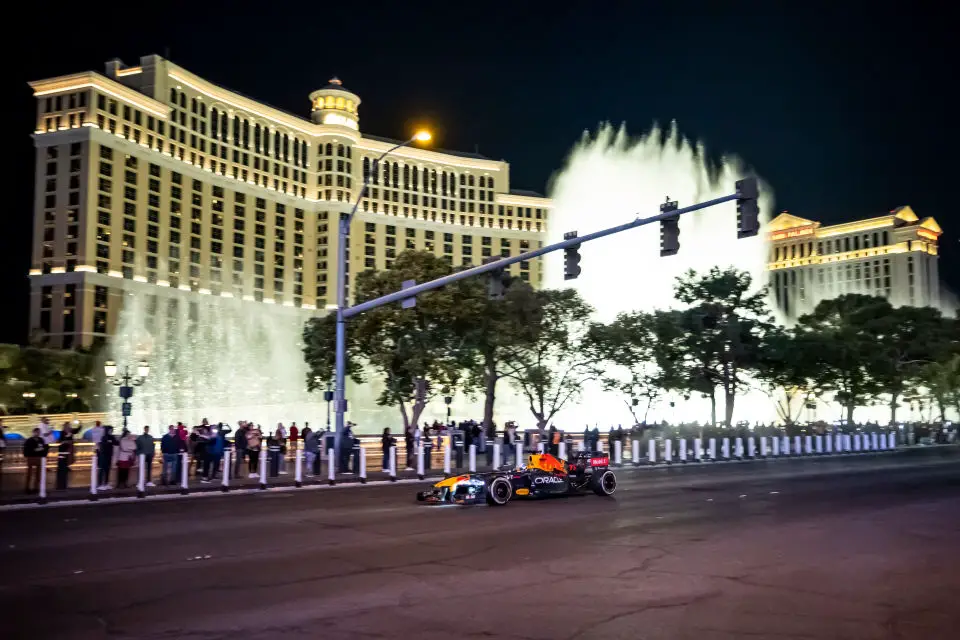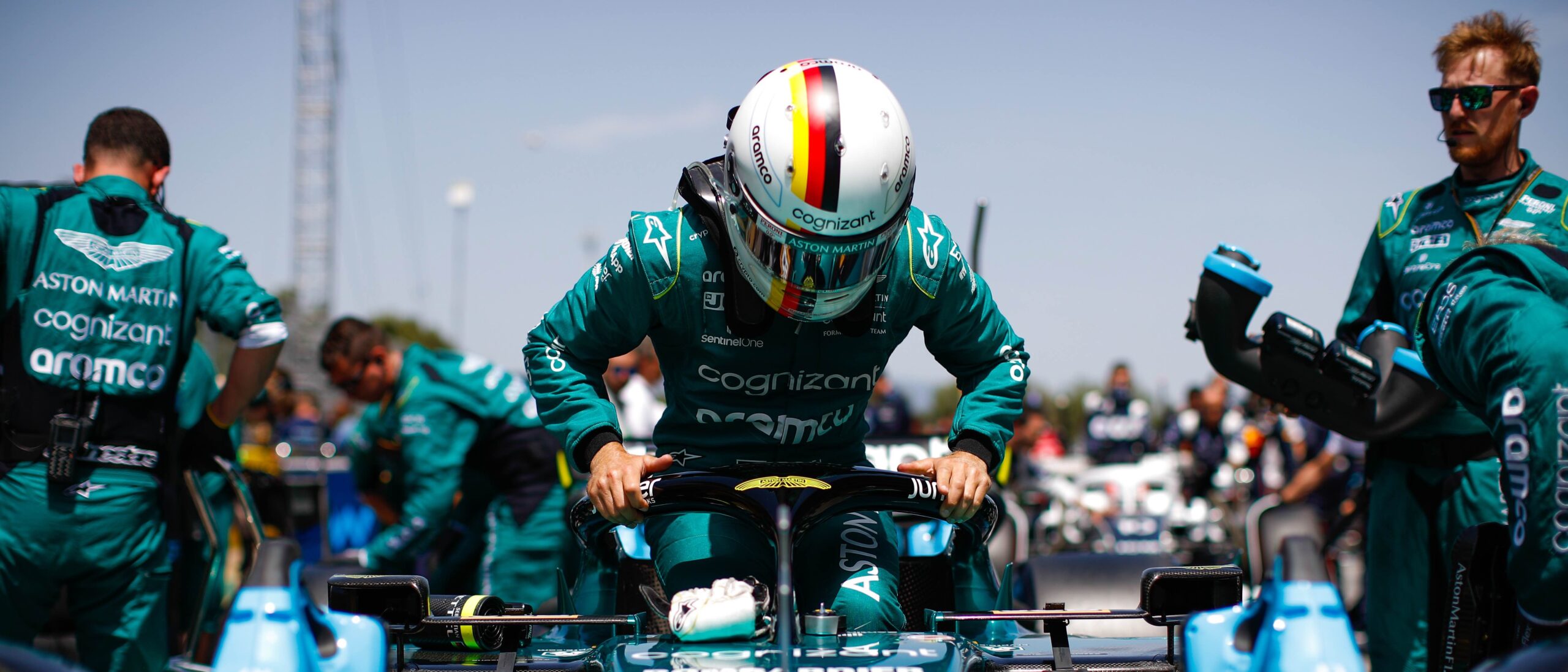Las Vegas GP Braces for Extreme Weather: Coldest F1 Race in History?
The Las Vegas GP is set to potentially become the coldest race in Formula 1 history, with temperatures plunging and rain forecasts adding to the challenges. This unique race, held at night on the iconic Strip, is drawing attention not just for its location but also for its extreme weather conditions.
Key Takeaways:
- Unprecedented Cold Temperatures: The Las Vegas GP is gearing up to be possibly the coldest race ever in F1 history, with forecasts suggesting temperatures could drop to as low as five degrees centigrade. This significant drop in temperature, especially during night races, presents a unique challenge for teams in maintaining optimal tire temperatures.
- Shift in Race Schedule and Weather Variations: Unlike the scorching daytime races of the ’80s, this year’s event starts on a Thursday and ends on Saturday, featuring night races. The weather conditions vary each day, with the warmest session expected during Thursday’s FP1 and a significant chance of rain on Friday and Saturday, complicating track conditions.
- Potential Wet and Damp Track Conditions: The likelihood of rain during the weekend, especially on Friday and Saturday, raises concerns about wet or damp tracks. This could affect the qualifying rounds and the main race, demanding strategic adjustments from the teams and drivers.

The inaugural Las Vegas GP on the Strip is shaping up to be a race like no other in Formula 1 history. Set against the backdrop of the glittering neon lights, the race is expected to make history not only for its location but also for the extreme weather conditions it presents.
The event marks a stark contrast to the F1 sessions held in Vegas in the 1980s, which were characterized by scorching heat. Instead, this weekend’s midnight race is expected to face single-digit temperatures, a scenario that is almost unheard of in the sport’s history. Teams and drivers will have to navigate these challenging conditions, which are far from the norm in Formula 1 racing.
Adding to the complexity, the race weekend differs from the traditional format, starting on Thursday and concluding on Saturday. This change, coupled with the cold and potential rain, requires teams to be more adaptable and strategic in their approach. The weather forecast for the weekend paints a picture of varied conditions, from the relatively warmer temperatures of Thursday’s FP1 to the cooler and potentially wet conditions of Friday’s FP2 and FP3.
The possibility of rain, especially on Saturday, could lead to a damp track for both the qualifying sessions and the race itself. With a 63% chance of rain on race day and temperatures expected to hit a low of around 4.44 degrees Centigrade (40 degrees Fahrenheit) by night, the teams will be facing a set of challenges that are rare in the world of Formula 1 racing. This race is not only about speed and strategy but also about how well teams and drivers can adapt to these extreme and unpredictable weather conditions.

